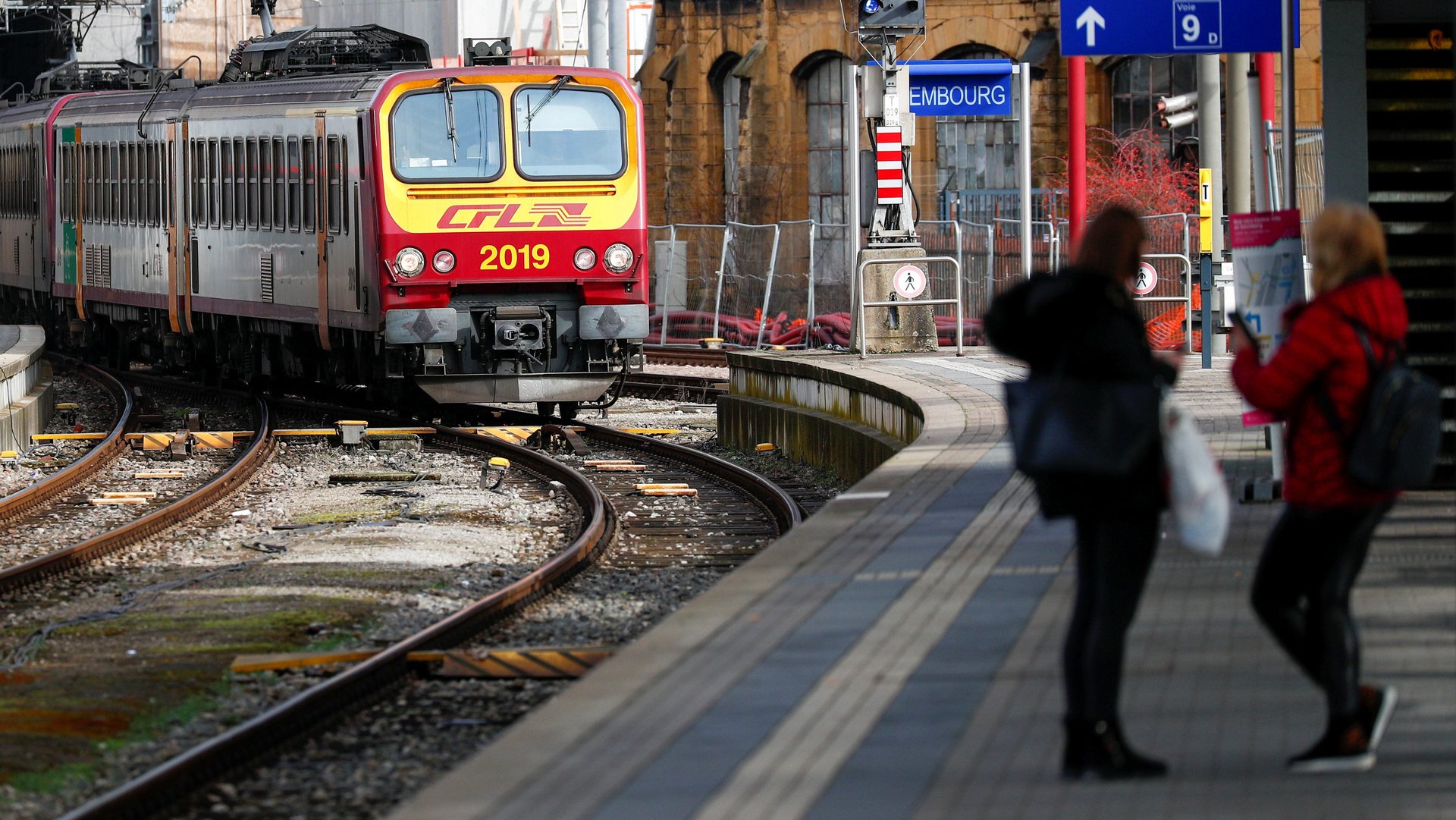Luxembourg is following dozens of cities in making public transit free
Luxembourg just became the first country in the world to make its entire public transit system free to all.


Luxembourg just became the first country in the world to make its entire public transit system free to all.
As of today (March 1), all trams, trains, and buses will cost not a single euro to ride anywhere in the small nation, a steep discount compared to the 440 euros ($485) price tag for an annual pass until now.
Although Luxembourg, home to fewer than a million people, is the first country to institute such a policy, it’s not a new idea. Some 97 cities around the world have introduced free public transit, according to the authors of Free Public Transit: And Why We Don’t Pay to Ride Elevators (Black Rose Books, 2019)
In the US, residents of two cities—Kansas City, Missouri and Olympia, Washington—can get around without dropping a dime. Other municipalities, including Boston, are debating costs and potential upsides of eliminating transit fares.
Meanwhile, the trend is taking off in France and Germany, as Quartz recently reported. In the former, roughly two dozen cities have adopted the policy and five German cities have said they’ll run trials.
Cutting emissions requires more than lower fares
Governments often have multiple reasons for dropping tokens, swipes, fare cards, or apps. Luxembourg’s transport minister said that the goal is to improve the quality of mobility around the country, but that curbing emissions from car traffic was also a motivating factor behind the shift.
Unfortunately, the possible effects of free transit on the environment are not cut and dry. On a positive note, in Aubagne, France, going zero-fare on 11 bus routes in 2009 appeared to cut car usage by 10% three years later; and bus ridership was reportedly up 142% in the same time period.
Research shows that for some cities, however, a free transit system alone may not be enough to make a huge dent in car driving habits. “It’s important to make a distinction between increasing ridership and getting people out of their cars,” Rosalie Ray, a Ph.D. candidate who studies urban planning at Columbia University tells Huffington Post.
The prospect of a free bus ride may change behaviors for people who would normally walk somewhere or not make the journey at all, she said, but it appears that people are more likely to trade their private cars for a shared public option when it will also save them time and is convenient.
Thus, cities may need to do things like ban private cars, or introduce congestion fees, or increase bus lanes and other public services, to make even free rides more attractive.
In Tallinn, Estonia, for example, a 2016 report found three years of free transit lifted ridership rates, but the number of car trips had also jumped. “By 2019, however, after bus lanes replaced more car lanes and the city hiked the price of on-street parking, the number of private vehicles in the central city was down 10%,” the Huffington Post reports.
The right to public transit
According to US research published in 2018, on average, public transit use is down in that country, if you exclude data from the New York area.
The same paper also concluded, rather intuitively, that the price of the transit impacts people differently: “Higher-income residents typically will weigh the fare against the cost of other travel options, whereas lower-income residents typically will not travel if the price is too high, or will choose a slower mode, such as buses, if travel by subway or commuter rail is more expensive,” it stated.
Indeed, when it comes to protecting the environment, zero-fare programs are an excellent place to start, but proponents of free transit have suggested that social and racial justice is reason enough to make mobility free, as a basic right.
Correction: This article has been updated to reflect the former cost of an annual, not monthly, pass in Luxembourg.